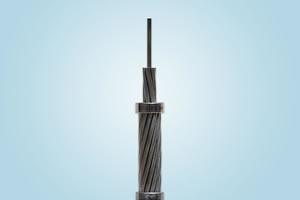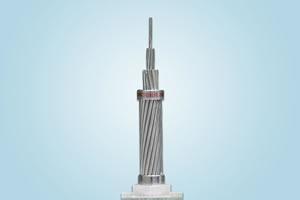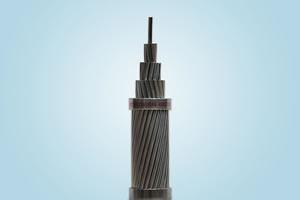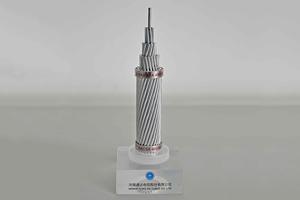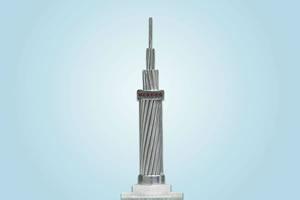- Home
- Products
- Bare Conductor
- AAAC / All Aluminum Alloy Conductor
AAAC / All Aluminum Alloy Conductor
Overhead Conductor, Overhead Transmission Line
Application
Used as bare overhead conductor for primary and secondary distribution. Designed utilizing a high-strength aluminum-alloy to achieve a high strength-to-weight ratio; affords good sag characteristics.
- AAAC conductors are extensively used for overhead distribution and transmission lines adjacent to ocean coastlines where there can be a problem of corrosion in the steel of an ACSR construction.
- The aluminum alloy conductors are used in replace of single-layer ACSR conductors to reduce power loss in overhead distribution and transmission lines,when replacing the aluminum conductor steel reinforced , the AAAC can save 5-8% of the construction cost.
- AAAC referred to have higher strength but lower conductivity than pure aluminum Being lighter, alloy conductors can sometimes be used to advantage in replace of the more conventional ACSR.
Standard
ASTM B399, BS EN50183, BS 3242, DIM 48201, IEC 61089
Click below for specific parameters
Features
Aluminum alloy conductors have a number of advantages over the use of the ACSR or AAC(all aluminum conductors). Lower power losses than for equivalent single aluminum-layer ACSR conductors. (The inductive effect of the steel core in the ACSR is eliminated).
- Simpler fittings than those required for ACSR.
- Excellent corrosion resistance in environments conducive to galvanic corrosion in ACSR.
- Strength and sag approximately the same as for equivalent 6/1 and 26/7 ACSR conductors.
- Outside diameters are the same as for standard ACSR conductors, permitting interchangeability of fittings.
- Greater resistance to abrasion than that for 1350 wires in all-aluminum or ACSR conductors.
- High tensile strength as compared to AAC conductor.
- Higher conductivity as compared to ACSR conductor.
Henan Tong-Da Cable Co., Ltd.
Office Add.: Room 2110, Missun Center, No.33 East Jinshui Road, Zhengzhou City, Henan Province
Factory Add.: Shijiawan Industrial Zone, Yanshi, Luoyang City, Henan Province
Tel.: +86-371-60311151
Fax: +86-371-60311150

 USA - Choose Country
USA - Choose Country